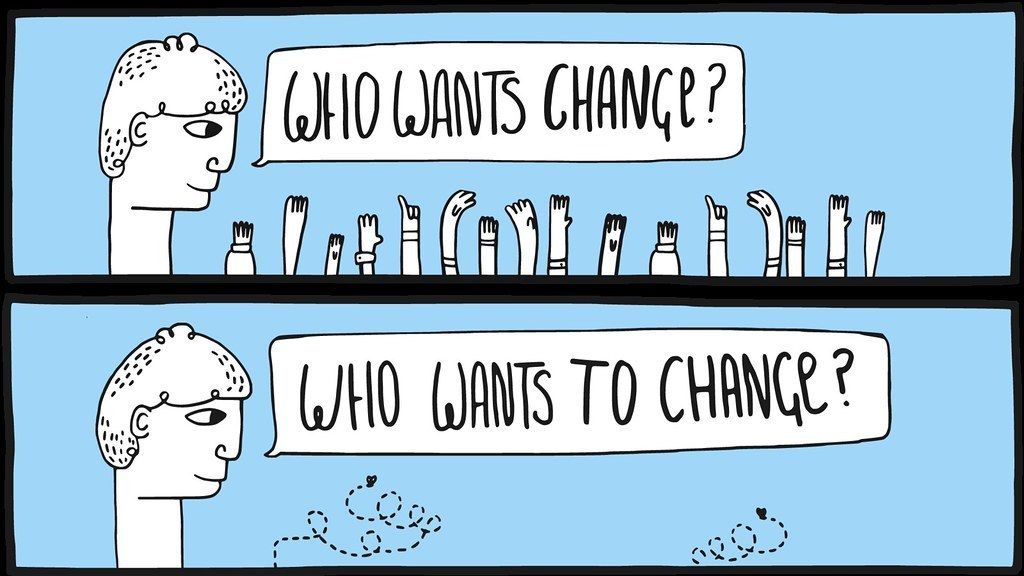I stumbled on my current research by accident. By observing people’s reaction. Let me explain.
Every time in my design thinking workshop I asked my audience, whether they love innovation in products and services they used, of course, they loved it to bits!
They spoke about how the food delivery service such as #FoodPanda, #Ubereats and #GoFresh (among others) helped them deal with life when they need food.


Some Muslim ladies also spoke about their hijab, tudung and scarf that make them look beautiful, and of course, made them more confident when they work and socialize professionally and personally.


Many men also expressed their love for e-commerce sites, such as Lazada, where a number of electrical hobbyists and car enthusiast including aspiring botanist found their haven for things they love doing.

Most of the people I met during my workshop claimed their lives were getting much easier these days because of all these innovative products and services integrated into their lifestyle. Of course, smartphones and apps are the most popularly quoted as innovative products and services.
When we discuss deeper, what constitutes successful innovation, there is one word that put the world a stop for a moment. This word makes everyone reconsider what they said earlier about innovation and their love of great products and services.
The word is CHANGE. Everybody hates change – especially when the change go against your will. This include my 4 months old baby when I wanted to change his diaper, come on! I am helping you getting clean lols
When we run design thinking innovation workshop for senior management (or any innovation workshop for that matter), the discussion on change is very crucial. How tolerant is the management towards CHANGE? How committed they are? What are they willing to give up? Why do they want change? Who needs change first? When do we should give up this baggage?
I found discussion on change in very key in successfully getting the buy-in prior any innovation or transformation work. The senior leadership themselves must be in unison when it comes to commitment to change. Be the change you want to see, as Gandhi famously said.
In some scenario, the current situation is already bad (or it could be too comfortable perhaps?) therefore change is “easier” to instill. Oh booy, change is difficult and change is hard. Change takes effort, effort and effort. We usually got stuck in either one of these change levers, our capacity to change, our capability to change or our ability to change. Which one do you stuck the most? Which does your organization stuck the most?

Source: Who-Wants-Change-Crowd-Change-Management-Blue | Free to use … | Flickr
For those who are leading innovation in their organization, let me share good points from this book from Noel Tichy, “The Cycle of Leadership”. I love this book so much, get a copy if you will.
He said this interesting view of leadership, they are autocrats (who forcefully lead change without taking any feedbacks) and they abdicate (who take all the feedback without taking any decision or stand to move out). These two extremes create a leadership vacuum and ultimately power failures. This need change.
Better your best!





